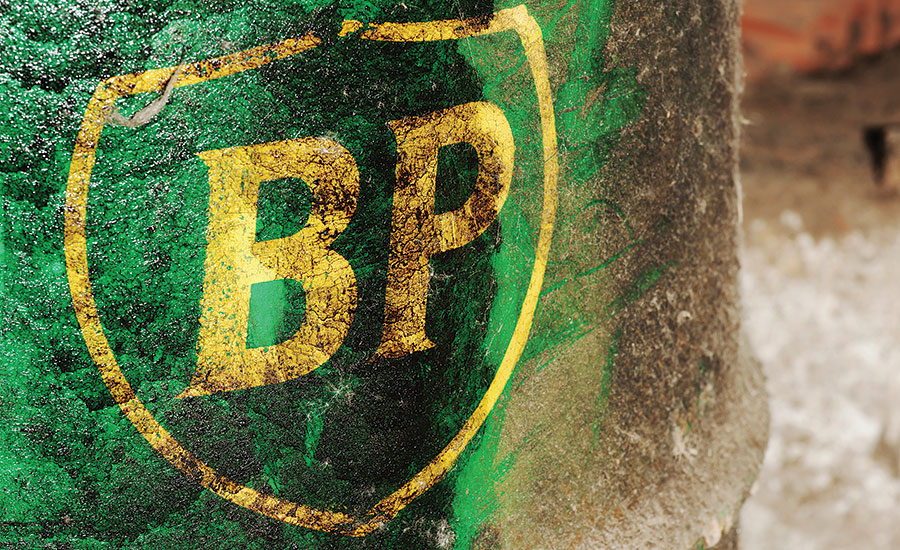World-renowned risk communications expert Peter Sandman offered ISHN these thoughts on the April 22, 2010, BP exploration oil well blowout in the Gulf of Mexico that killed 11 crew men and leaked millions of gallons of oil into the Gulf.
Public and political attention is increasingly and rightly focused on the inadequacy of BP’s preparedness for a major spill. The main issue isn’t whether BP was less prepared than other companies, but rather whether the whole industry is less prepared than it ought to be.
Risk assessment uncertainty
Risk assessment professionals rightly point out that chronic risk assessment is conservative, even though it may not be as conservative as advocates of the precautionary principle recommend. Because we know how uncertain the risk assessment process is, we ask risk assessors to put their thumbs on the scale, systematically overestimating chronic risks in order to be fairly confident of not underestimating them. A competently done assessment of the risk of cancer from a BP refinery’s stack emissions is almost certainly an overestimate of that risk.
The same is not true of catastrophic risk assessment. Because of what I do for a living, I go to the scenes of a lot of catastrophic accidents. I have gotten into the habit of asking the people managing the technical side of the accident this question: “Show me what just happened on your fault tree.”
It’s virtually never there. Things like it are there, but exactly what happened usually isn’t. On the other hand, a lot of what is there has never happened.
So we know two things about those fault trees: (a) They’re missing a lot of branches; and (b) The numbers at the nodes estimating the probability of going down a particular branch are based on very scanty data.
Black swans
Bottom line: Catastrophic risk estimates are usually underestimates. “Unknown unknowns” don’t figure in the calculations. Extremely low probabilities are rounded to zero. Hundred-year floods happen every decade or so. Things that have never happened before (and were therefore presumed impossible) happen all the time. There are a lot of black swans out there.
Whether it’s catastrophic oil spills in deeper water than we’re used to drilling or catastrophic economic collapses propelled by derivative investments we only half-understand, the principle is the same: We all — companies, regulators, and the public — underestimate the likelihood of rare catastrophes. And so we face those catastrophes less prepared than we might have been.
BP CEO Tony Hayward comes closer to scapegoating than I like when he insists that the spill wasn’t really BP’s fault, since another company entirely owned and staffed the rig (under contract to BP). I believe this is a true statement, but I think Hayward shouldn’t be stressing it so much.
BP’s elaborate effort to rebrand itself as “Beyond Petroleum” is likely to exacerbate the reputational damage done by the spill. And justifiably so. It set itself up as a green icon. It thus attracted iconoclasts, eager to brand the rebranding as a kind of greenwashing. Now it will reap what it sowed.


